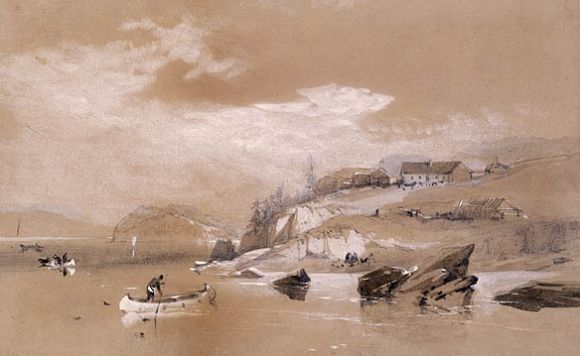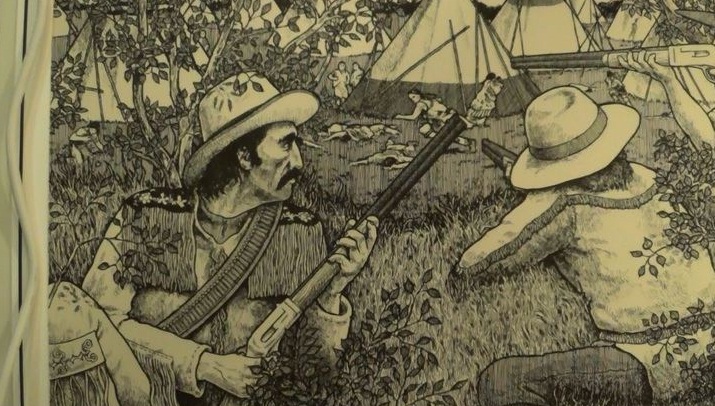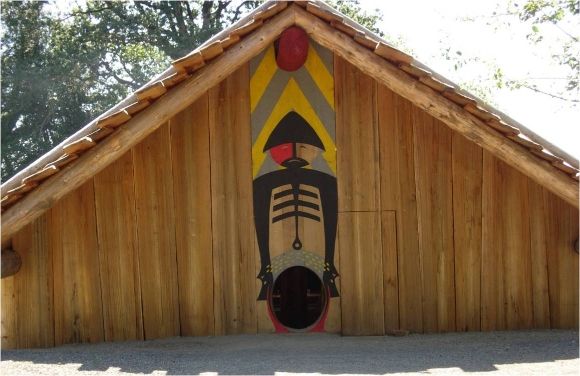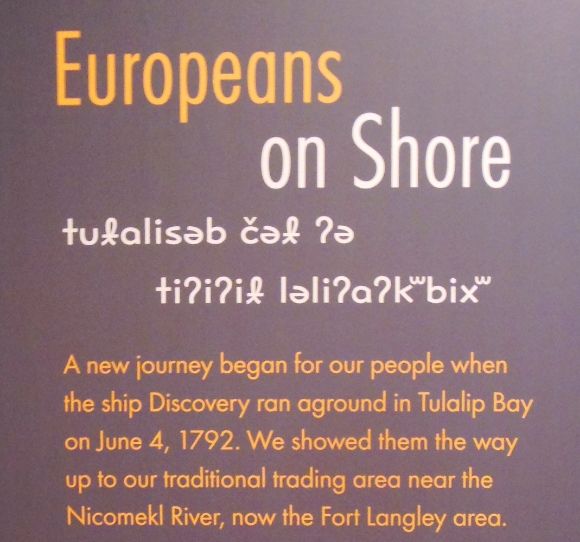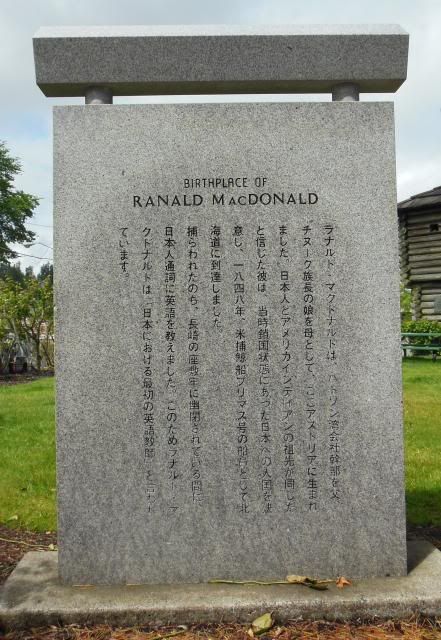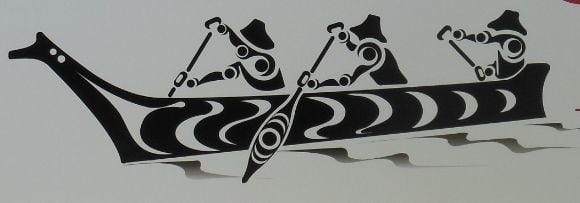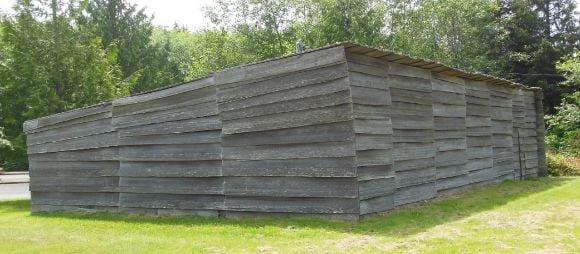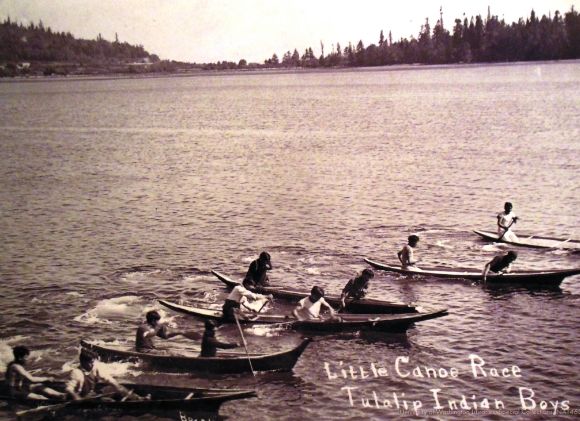The Astorians and the Indians
John Jacob Astor came to the United States following the Revolutionary War and through his contacts with the North West Company in Canada soon entered into the fur trade. By 1800 he was one of the leaders in the American fur trade. He also began trading furs and other items in China. Astor envisioned … Continued
